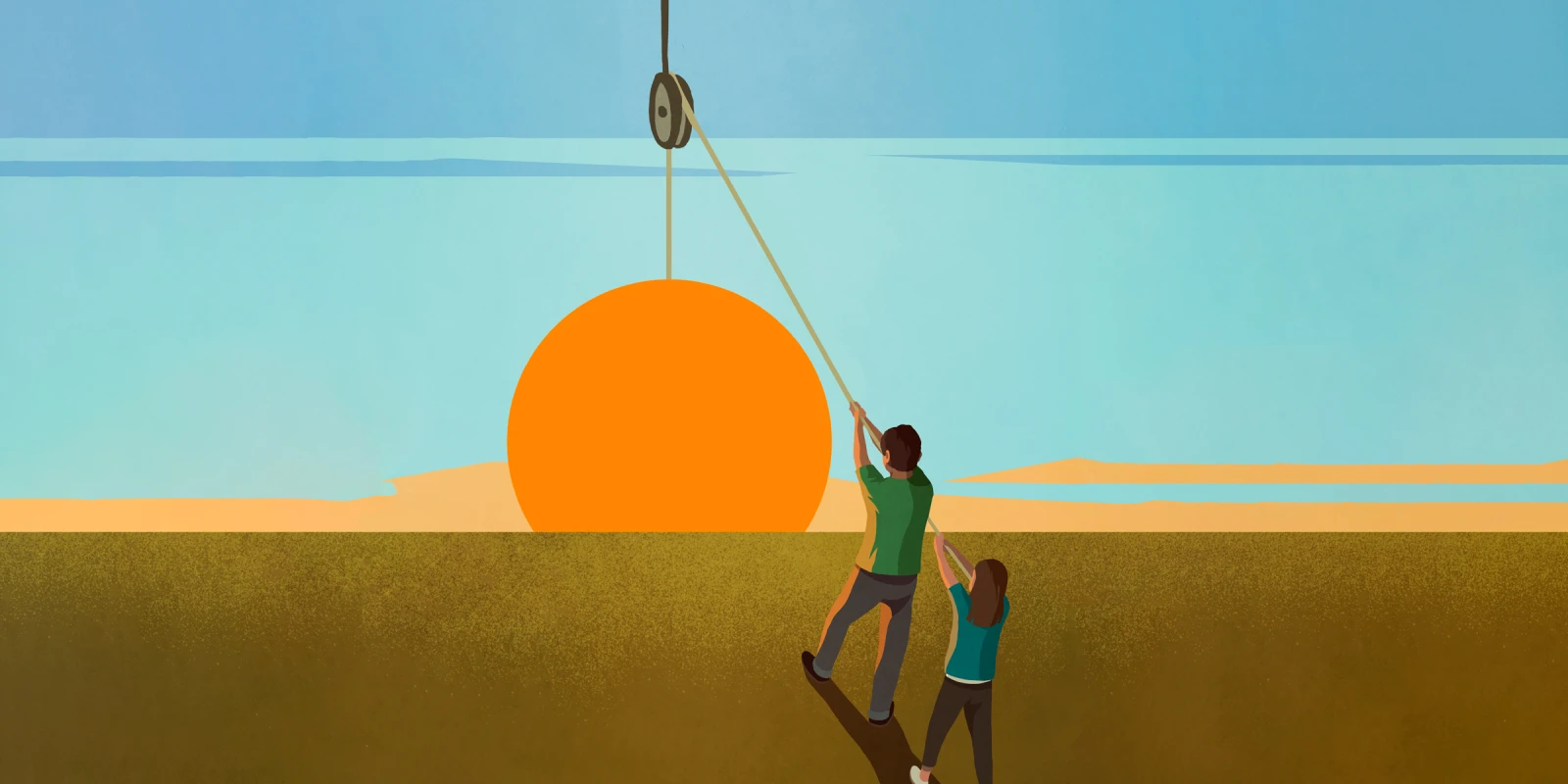The American Academy of Sleep Medicine (AASM) has advocated for the permanent adoption of standard time since October of 2020. To explore and discuss in depth these diverse opinions, the Public Safety Committee of AASM invited legislator/physician, leading scientists, researchers, clinicians, and educators in sleep decided to have a panel discussion about the merits of keeping the system as-is, versus adopting either daylight time or adopting Standard Time. I was one of the panelists.
The bi-yearly change of clock time have been associated with disruptions of biological rhythms. Those that support permanent Standard Time on the panel cited published data regarding the incidence of cardiovascular events, missed medical appointments, increased in error rates amongst medical practitioners, and more car crashes predominantly in the spring transition to an earlier clock time. Circadian researchers further stress that the artificial clock time change does not reflect the underlying intrinsic biological rhythm, and therefore causing a dissonance or jetlag. This results in more metabolic syndrome, more mood disorders. Within a state, the western part of the time zone experienced more fatal car crashes, higher suicide rates, and medical errors in the spring than fall.
Since most intrinsic biological rhythm cannot abruptly adjust to sleeping an hour earlier, this change results in losing one hour’s sleep and worsening next day performance. These changes would be more acute for the evening chronotypes or night owls. Adolescents are particularly at a disadvantage. Not only do their internal clock cycles lengthen during adolescence, their ability to accumulate and dissipate sleep pressure becomes slower. Therefore, teens are unable to adapt to an earlier sleep schedule. By increasing the difference between their delayed sleep schedule and the clock time to begin school, it will negate all the efforts to start school later.
Furthermore, the United States has gone through at least two iterations of daylight time only experiments for energy savings during the war and oil crisis. Neither trial was successful in significantly reducing oil or energy consumption continued beyond the acute period, and the experiments were quickly terminated. Commercial interests for retailers and entertainment heavily influenced the initial adaption of daylight time.
While none of the panelists suggested keeping the current switches, some believe that there is insufficient evidence at present to make these recommendations at the population level as a public health measure. Current light exposure is no longer limited to sunlight, and artificial lighting may also impact how well individuals adapt to circadian challenges in the spring. Thus, changing the clock time may not be the only factor resulting in the observed adverse events. There should be more population-based studies that look at states that have adopted either daylight time or have kept year-round Standard Time to examine the outcomes more carefully.
It requires an act of congress to pass legislation for each state to adopt year-round daylight saving time, legislators from 28 states have proposed legislations to do so. Politically, the state representative from Utah, who is a physician, stressed that whether there is sufficient evidence to support one or another position, the political process is moving forward. Often, working with surrounding states, listening to the needs of the constituents will help clarify that state’s position. With the exception of Arizona and Hawaii that remained in year-round standard time, Utah is proposing permanent daylight time to be more consistent with their neighbors. Furthermore, 65% of the population surveyed in Utah expressed personal preferences for “summer time schedule.”
Other researchers felt that the scientific support for such an advocacy may be early. There are individual differences in the tolerance of sleep pressure. There are mitigating strategies to help the individual and company to change the work environment. And certainly at the local level, there are ways to adapt to the time change in the spring much more easily than advocating for a one-size-fits-all approach at the governmental level.
Circadian researchers also stressed that guidelines and recommendations are often made based on the best existent data. The process will evolve, but to benefit most of the population at present, one will need to adopt a position. To continue to have the clock changing twice a year is the least beneficial outcome for all. This debate will continue unless there is strong support to tilt the balance.
Dr. Yuen has no conflicts of interest to report.







